When buying your first trumpet it's hard to tell what you really need. The salesperson leads you toward the massive shiny wall of instruments ready to be played - but what do you need in your new horn? If you have questions - please reach out to me for trumpet recommendations at a fair price anytime.
Picking a student trumpet:
1.) Focus on durability for the student.
Examine the instruments bracing, soldering, and overall reinforcements to prevent dents on the body and bell. Examine how sturdy the caps, buttons, and screws are. Let's face it, this baby is going to get some abuse at the hands of the new player. Teach the student to keep the instruments on a stand, in its case when not in use, and to care for it by lubing the pistons daily and slides once a week.
2.) Focus on a reasonable price between $300-600 dollars for your new horn, and on finding an instrument the student loves.
Love and fun are the purpose of music, as well as developing a student's mind. Music is a language just like French, Spanish, or English and offers a myriad of social, mental and health benefits for the player.
In general, if a student falls in love with the instrument and actually enjoys playing it, - they will improve! Also, (all joking aside) buy a mute for them (and also for you). There are many wonderful brands and even top notch used intermediate instruments worth your attention at this price point. Don't get flashy, don't break the bank with a $1000+ horn. You simply don't need it. A professional can make even a plastic horn sound amazing - it's the player, not so much the horn you will come to find.
3.) Bore size (small, medium, large)?
The best recommendation we can give for a student is to play a small bore (S-bore) or a medium-large bore. Why a small bore? Small bores mean that the student has to blow less air in order to play notes. A large bore by contrast means the student will need maximum air and have developed lungs to blow this air often in order to play notes consistently. A medium bore (Medium Large or ML Bore) is middle of the road and is used by both amateurs, students and professionals. You can't really go wrong with a small or medium bore.
4.) Understand that the number of braces affects tone:
1 brace = a rich resonant sound, 2 braces = a resistant heavy timbre, and 0 braces = bright and clear definition. So yeah - all those little connecting rods near the tuning slide (the thing you pull out to tune it near the bell - do matter. Try a few out with different amounts of braces and see what your student prefers to hear in terms of sound. Again, if they love the sound - they will love the instrument.
5.) How much varying amounts of copper does the trumpet use?
Yellow brass has a tone that is bright and forceful and is the most common copper/zinc blend 70/30 you'll come across.
Gold brass is wide and full with an 80/20 ratio of copper to zinc.
Red (rose brass) is 90/10 and is warm and mellow in tone.
What sort of damage or wear do I see literally every day in the trumpets I repair?
1.) Dents on the lead pipe (where the mouthpiece connects into) - cause (drops, mouthpiece rolling around in the case, hitting the trumpet on floor or music stands and chair).
2.) Dents on the bell and the body - cause (student does not use the case, has no stand, or simply bangs it on the music stands or chairs) - trumpet sword fight anyone?
3.) Stuck pistons, and slides - cause (no slide lube, or no valve lube available to the student).

